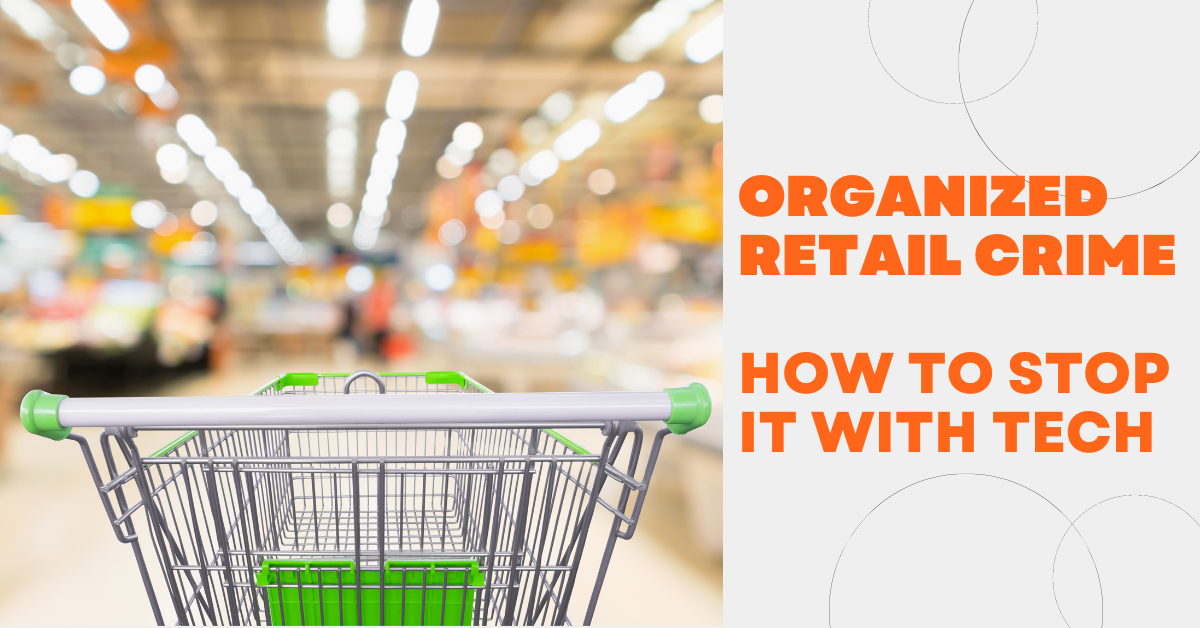


This post was originally published on LinkedIn by our gStore GM, Troy Siwek. Connect with or follow Troy here for more insightful content.
Organized retail crime has surged dramatically in the post-COVID era, posing significant challenges to retailers across the United States. This rise in sophisticated theft operations has pushed businesses and governments to seek more robust and innovative solutions. Among the most promising tools in this fight are RFID technology and in-store video surveillance systems, which, when combined, can offer a comprehensive approach to clamping down on organized crime syndicates.
Before diving into solutions, it’s important to differentiate between shoplifting and organized retail crime. Shoplifting typically involves individuals stealing items for personal use or resale in small quantities. It is often spontaneous and less coordinated.
In contrast, organized retail crime (ORC) involves professional crime rings that systematically target retail stores to steal large quantities of goods. These syndicates often resell stolen items through online marketplaces or other channels. ORC is highly organized, with groups using sophisticated techniques and strategies to evade detection and maximize their thefts. The economic impact of ORC is far greater than that of individual shoplifting incidents.
The COVID-19 pandemic has left a lasting impact on the retail landscape, including an alarming increase in organized retail crime. Statistics reveal a sharp uptick in theft, with organized crime syndicates becoming more brazen and sophisticated. Factors contributing to this rise include economic hardships, changes in shopping behavior, and reduced in-store security during the pandemic.
Retailers are feeling the impact. Losses from theft not only affect their bottom line but also disrupt supply chains and increase prices for consumers. The need for effective solutions to combat these crimes has never been more urgent.
Radio Frequency Identification (RFID) technology is a powerful tool in the retail sector. RFID uses electromagnetic fields to automatically identify and track tags attached to objects. Unlike traditional barcodes, RFID tags do not require a direct line of sight to be read, allowing for more efficient and accurate inventory management.
RELATED VIDEO: AI + RFID for Retail Store Loss Detection
In-store video surveillance systems have long been a staple in retail security. Modern video technology offers high-definition footage, facial recognition, and advanced analytics. These systems can monitor store activity in real time, alerting security personnel to potential thefts and providing valuable evidence for investigations.
The synergy between RFID and video technology can significantly enhance a retailer’s ability to combat organized retail crime. Here’s how:

While RFID and video surveillance offer substantial benefits, their implementation is not without challenges:
Despite these challenges, the long-term benefits of reduced theft and improved inventory management far outweigh the initial investments.
Advancements in AI and machine learning are expected to further enhance the capabilities of RFID and video surveillance systems. These technologies will offer even more precise data analysis and predictive insights, making it increasingly difficult for organized crime syndicates to operate.
The rise in organized retail crime post-COVID has necessitated a robust response from both retailers and governments. Combining RFID technology with in-store video surveillance offers a powerful solution to this growing problem. By leveraging these technologies, retailers can not only protect their assets but also contribute to a safer shopping environment for everyone.